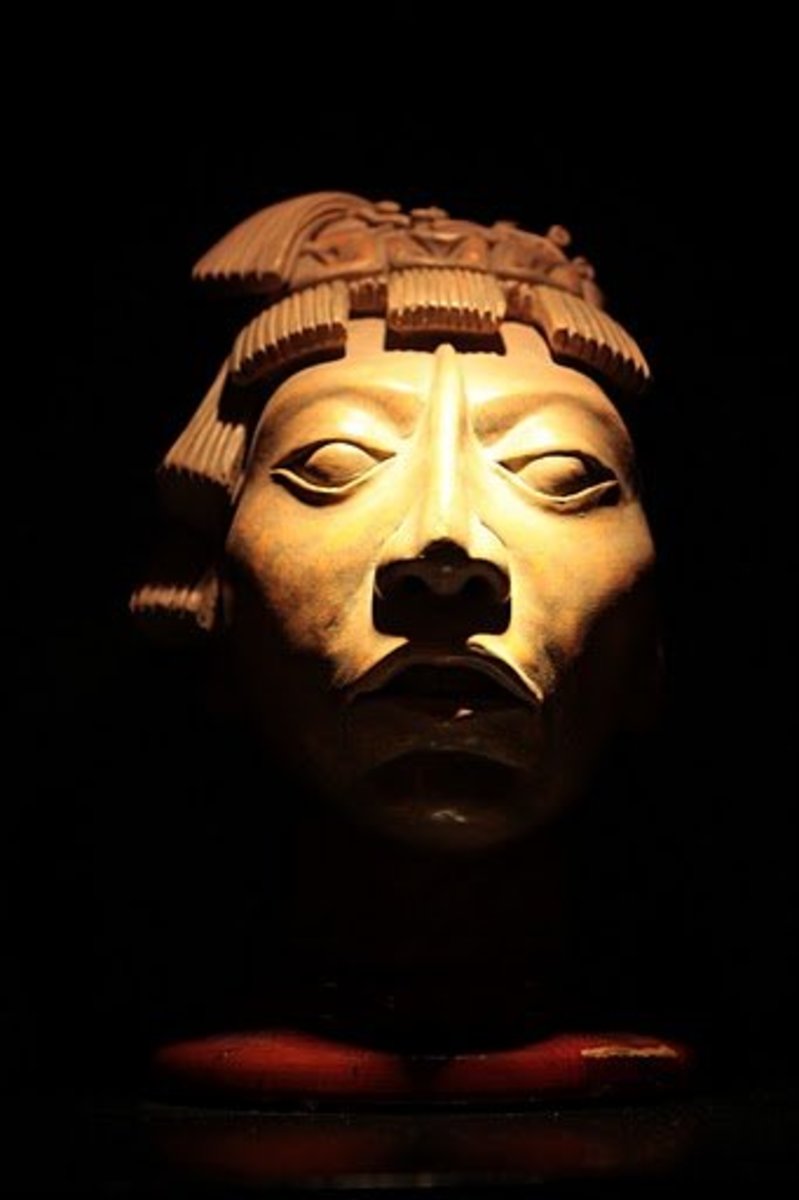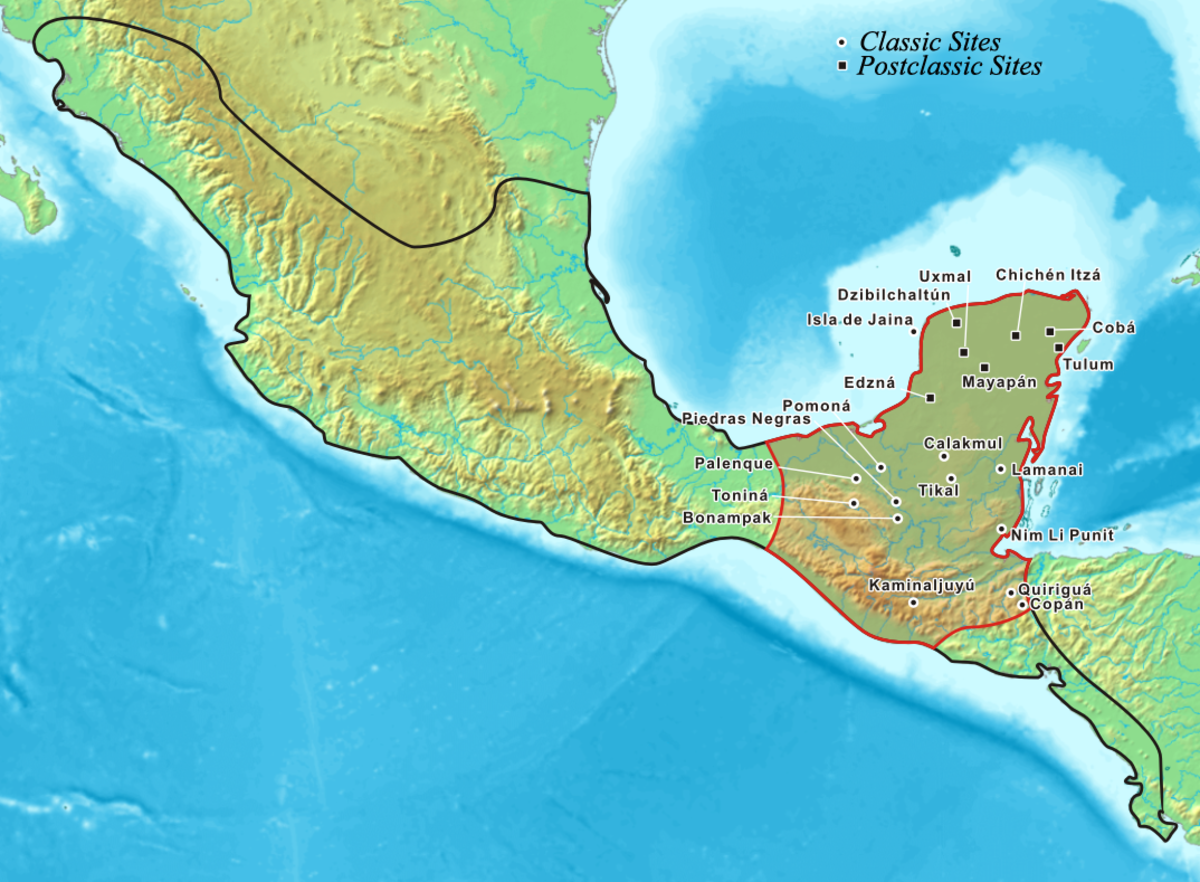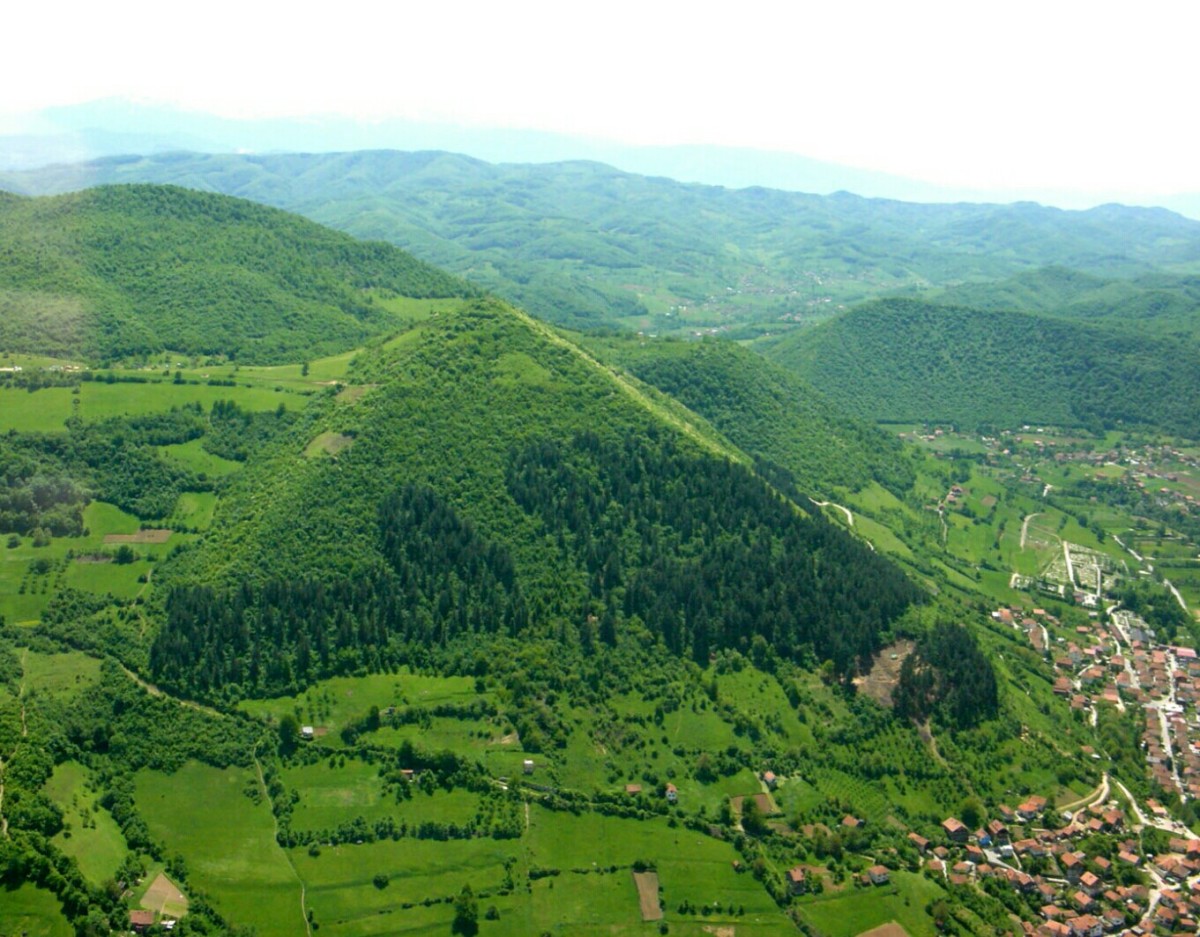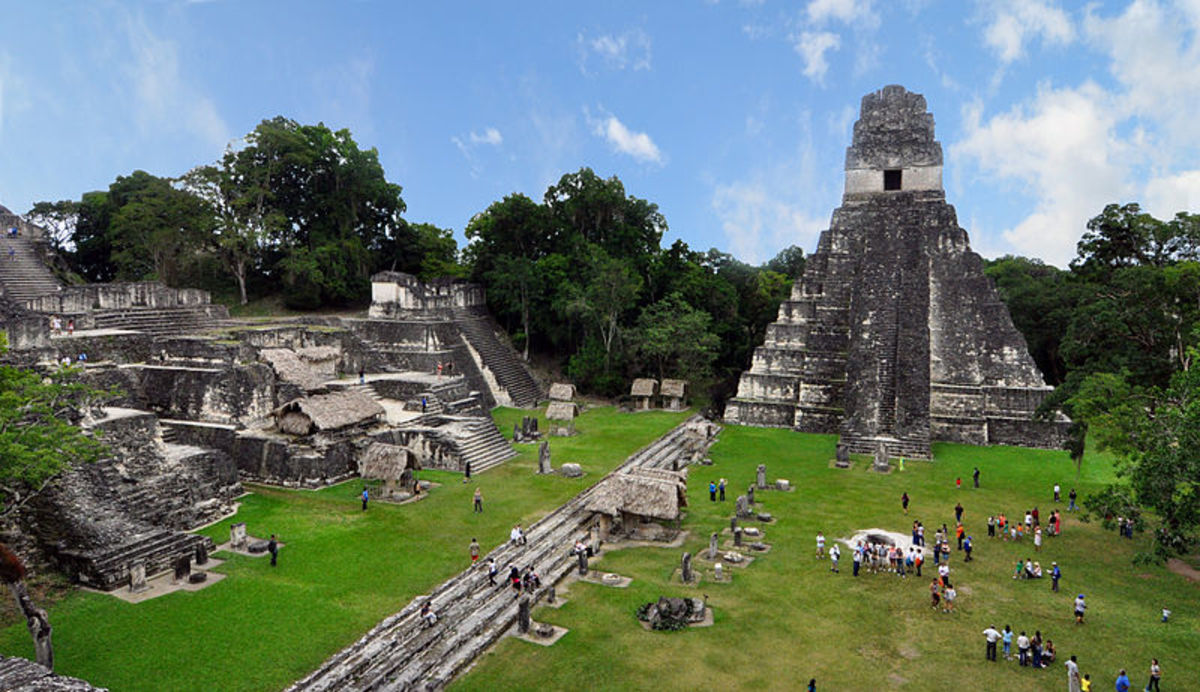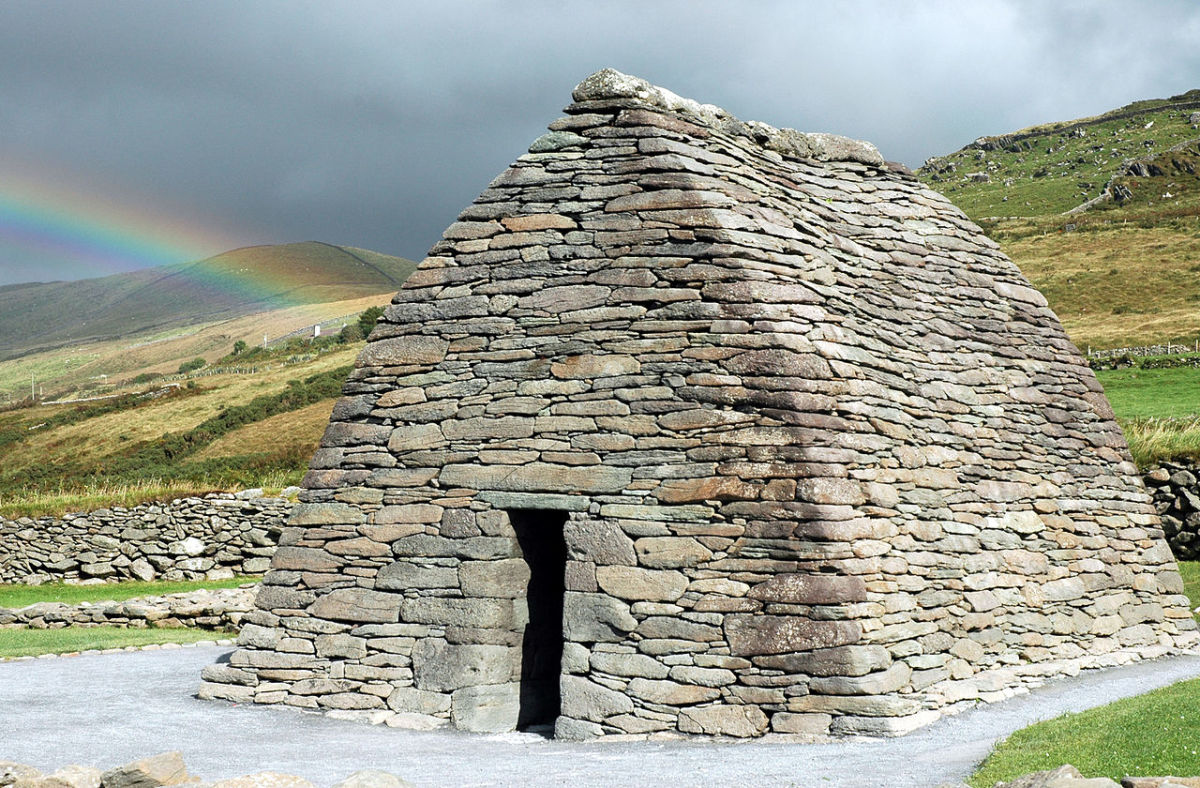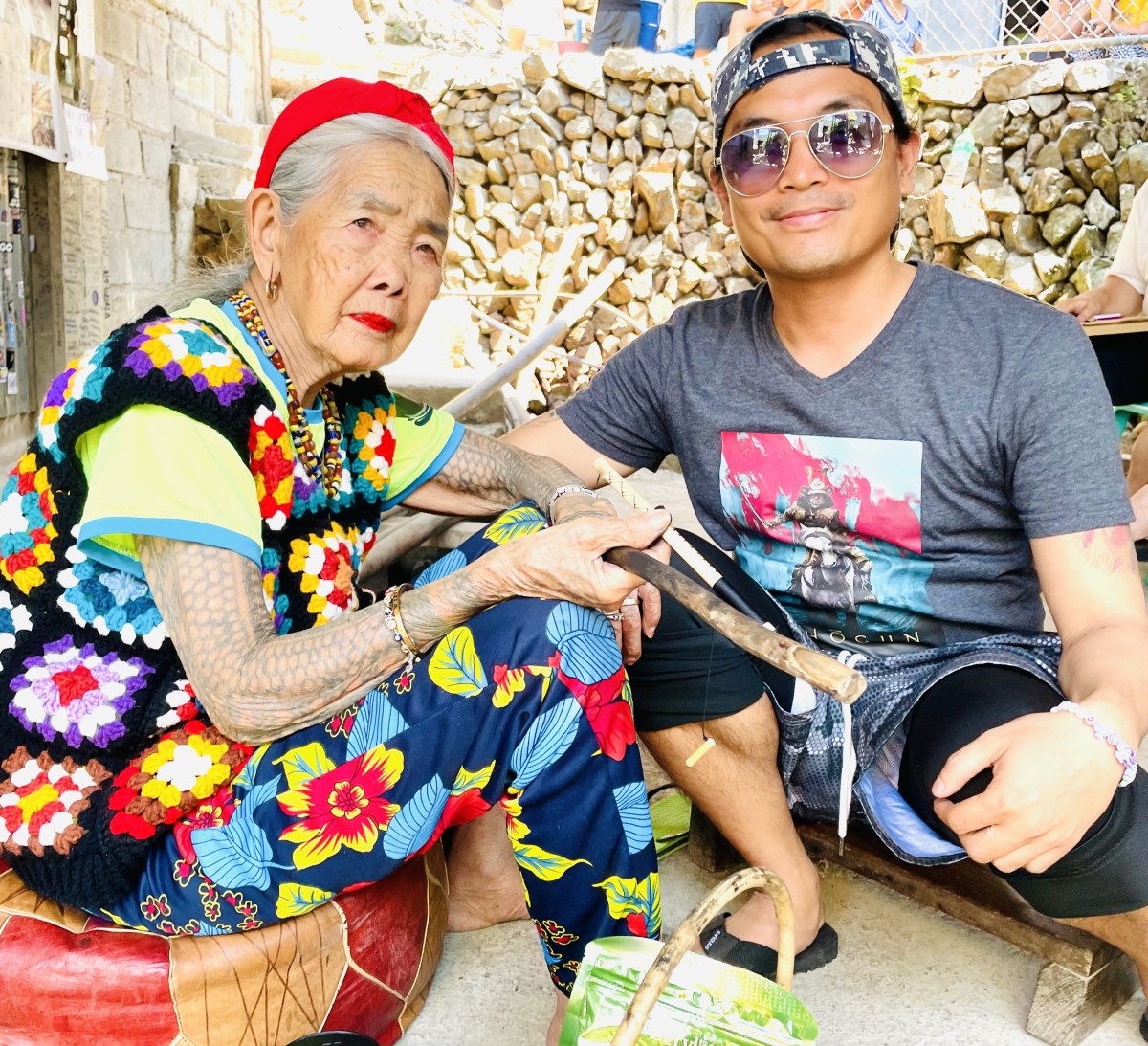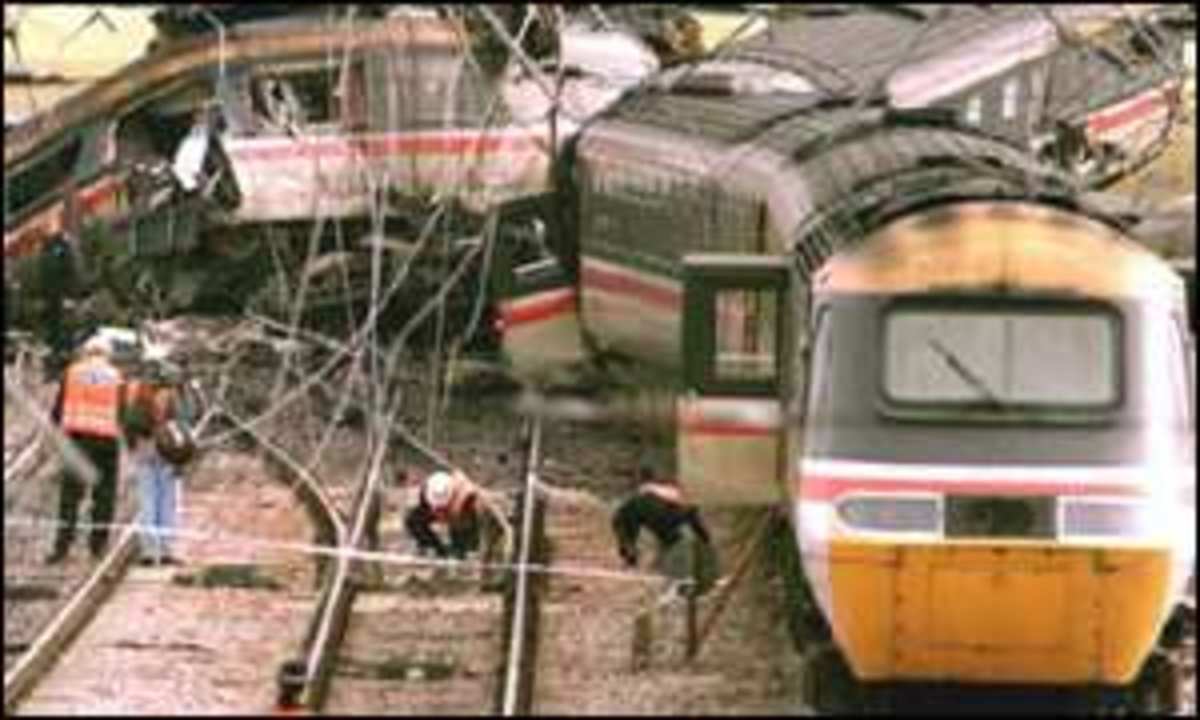Things You Didn't Know About the Ancient Maya of Copán
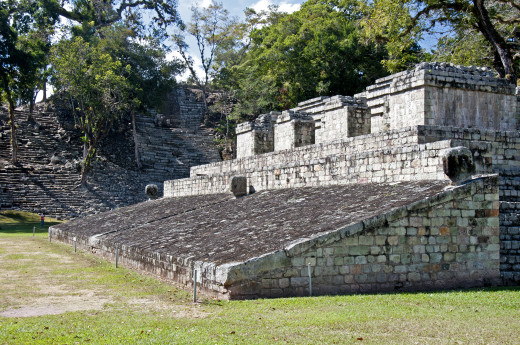
Since the first European discovered a pile of stones in the Copán River valley was actually the remains of an ancient building, our knowledge of, and fascination for the ancient Maya has never ceased. Today we can read most of the inscriptions that have survived, and we have a tremendous appreciation for their monumental architecture. We marvel at the massive pyramids and the stone dwelling structures that have been reconstructed. We hold their astronomical discoveries in awe, particularly for a people with no modern scientific instruments, and they had a calendar system second to none.
Warfare as a Way of Life
There is no evidence that the very early Maya fought major wars of conquest, so our early anthropologists and historians assumed for decades that the Maya were a peaceful, even docile, culture. Recent discoveries indicate that this is not the case at all, that in fact the Maya were very warlike, war being a normal and necessary way of life.
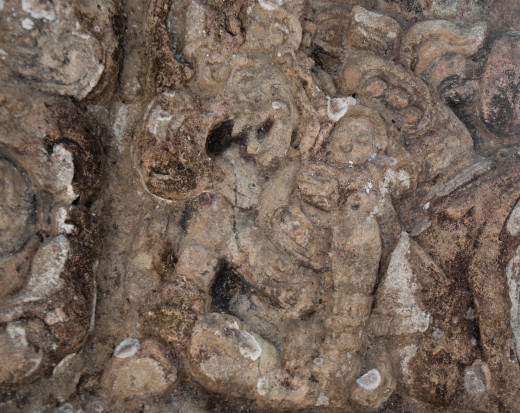
War was important for a couple reasons. One, it was a means to acquire jade, the ultimate symbol of wealth and power, and very important to the ruling class. Also, war gave them an opportunity to capture prisoners for slaves or religious sacrifice. Early Mayan warfare was fought under strict rules, the idea being not to kill the opposing army, but to bring as many of the enemy warriors as possible back alive. There were even ritual wars, where leaders of both sides arranged to have a battle at an appointed time in order to "trade" prisoners. Of course there was bloodshed, but mostly in self defense, or to prevent oneself from being captured by the enemy. Any warrior who brought back a live captive, was held in most high esteem. This type of warfare was destined to change.
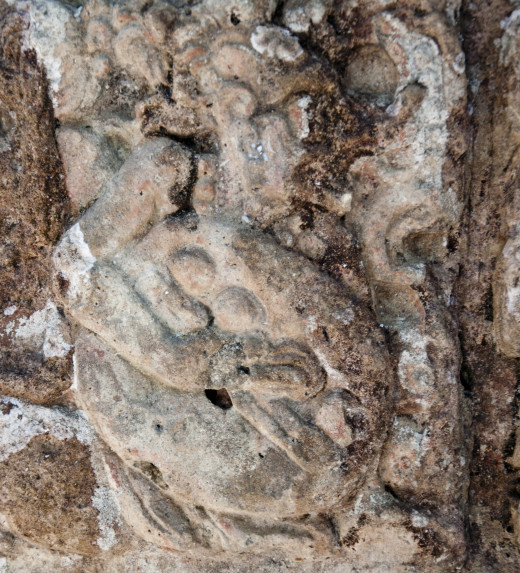
Someone in southern Mexico invented an insidious new weapon called an atlatl, or spear thrower. When these reached Central America, they were banned from warfare as being evilly inhumane and too destructive to human life. The ban lasted a number of years, but, as usual, some king saw it's use as a way to expand his empire by conquering his neighbors. War suddenly became very deadly and bloody. Instead of bringing home half a dozen captives after a battle, now whole cities could be sacked and the prisoner count ran into the thousands. There was not nearly so much glory for an individual warrior, but lots more blood flowed from the alters.
Classic Mayan Technology
The Maya were a very advanced society for that time and place, possessing many processes and inventions not typically thought of as existing in a "primitive" culture. Even more remarkable is that they came up with everything completely on their own, without a shred of influence from the Old World. Here are a few things we don't normally think of as being "Mayan":
Aquaducts
As the city of Copán grew, eventually to more than 20,000 people, the need for more water became critical. The Rio Copán flows uncomfortably close to the city, and certainly served most of the common people for bathing, washing clothing and even for potable water needs, but it wasn't a place where politicians and kings wished to mingle with the riff-raff.
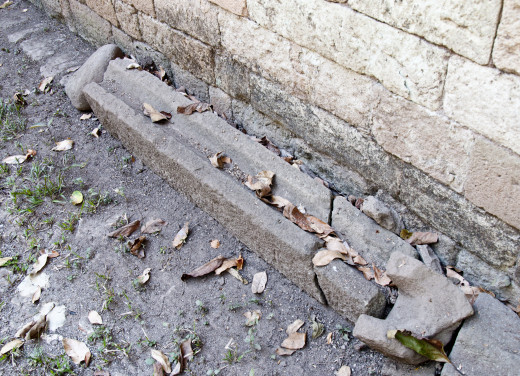
Copán is surrounded by very close mountains, with streams of clear, clean water gushing down to empty into the river below. In order to serve the needs of the elite, and some of the commoners farther from the river, a system of flumes was made from the easily-carved volcanic tuff, running from the streams to the city. This provided a constant supply of running water for the permanently inhabited structures of the community.
Sewer System
Once running water was available from the aquaducts, a system of underground, stone-lined sewer drains were constructed. Open stone septic tanks were available where people could dump their human, and other waste products. When water was diverted from the aquaducts, the refuse was flushed very efficiently down to the river.
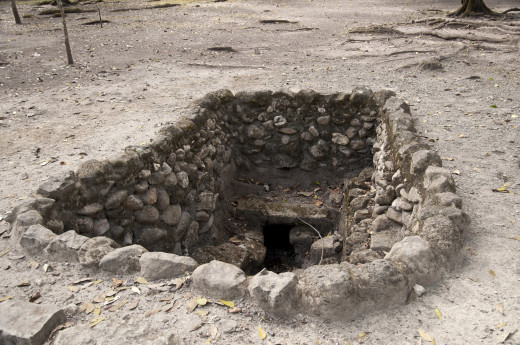
Stucco
Stucco was one of the Maya's greatest discoveries. Probably invented by accident, it is a combination of burned limestone, sand and water, making a fine mortar or cement, much like concrete without the gravel. Stucco was used as a mortar for building stone, and many of their impressive structures would not exist without it. It was also used as a smooth covering over stone walls in houses and temples, then sometimes painted with vivid colors. The Maya slept on beds of stone, and to make them a bit more comfortable, a layer of smooth stucco was applied on the upper surface.
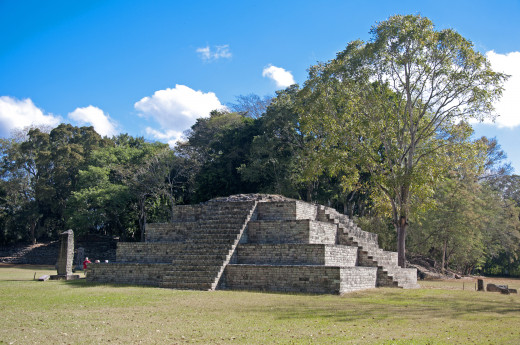
A little-known fact about the Main Plaza of Copán: anywhere from six to eighteen inches under the grass where tourists now walk, is a smooth undecorated floor of stucco covering the entire area. The topsoil and grass were trucked in as a modern addition to make the plaza more appealing
Highly Recommended!
Another use for stucco that is not widely known, is in Mayan art. Many of the sculptures that we see and admire were not carved directly from stone. A stone core was roughed out, then the finishing touches and details were applied with stucco, and painted after hardening.
Some wealthy homes had indoor baths lined with stucco. Water from the aquaducts filled the baths, and when finished, a plug was removed from the bottom, flushing the bathwater into the underground sewer system.
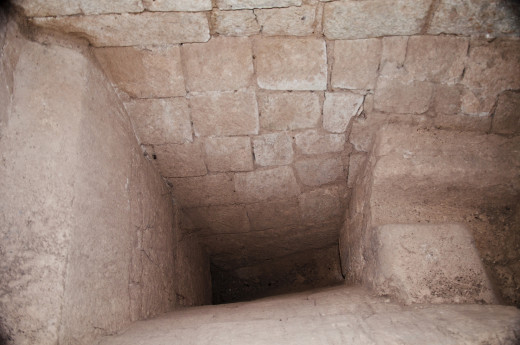
Outdoor Lighting for Plazas at Night
Many ceremonial and social functions were held in relatively small outdoor plazas at night. The plazas often had seating steps for spectators on at least two sides, but a problem was lighting. Torches could be used, but presented a fire hazard in dry seasons. A solution was found by making holes in the walls where the spectators were not sitting, and lighting fires inside. The light from the many fires illuminated the whole plaza.
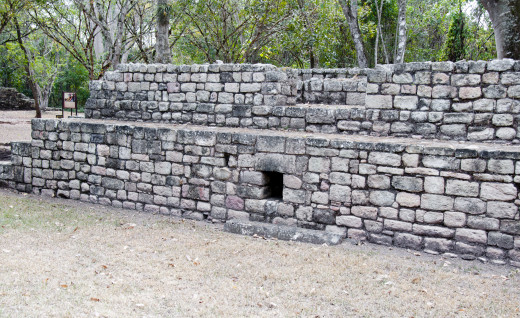
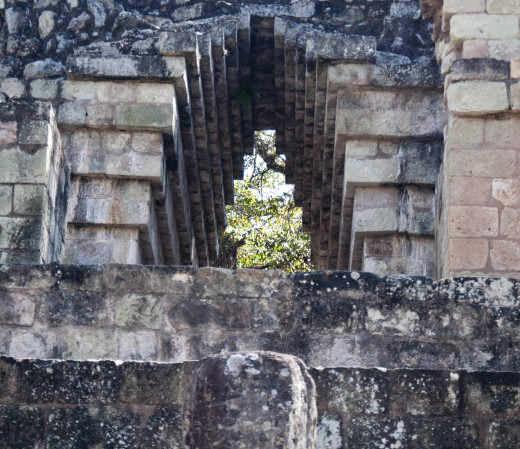
Corbelled Arch
Another independent invention of the Maya was the corbelled arch. Though they never succeeded in making a true arch, the corbelled variety was used extensively in temples and underground tunnels.
Bee-Keeping
The Maya people loved honey, and kept a semi-domesticated variety of bee known locally today as the Royal Mayan Bee. These bees are sting-less and very tiny, only about a quarter inch long. They don't produce a lot of honey, but it is said to be of exceptional quality. They like to build hives in hollow limbs or rock crevices, so they are found all over the Mayan ruins area of the Copán River valley where there are fallen stone structures. Their hives are easily found due to the tube of wax they always build for an entrance.
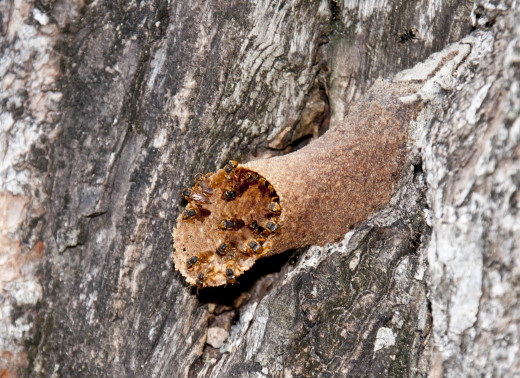
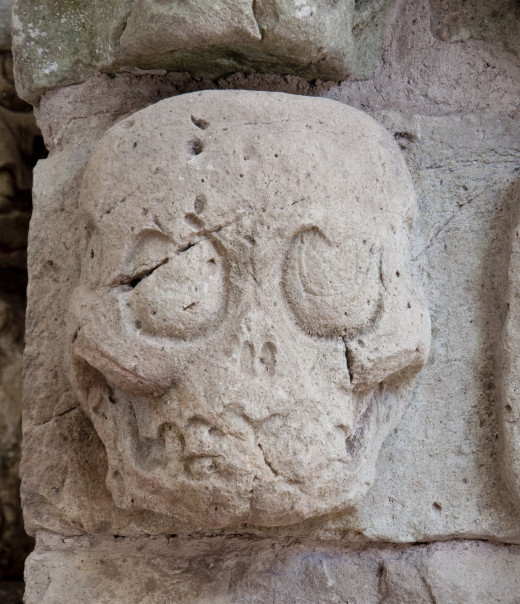
Religious Death-Cult
Mayan religion is very complex, with deities and spirits for almost every happening or object in existence. The brightly-colored macaw was especially revered, and was looked upon as a messenger, if not a personification, of the sun which gives all life.
Mayan spirituality can almost be likened to a "death cult", in that they had a great respect as well a tremendous fear of death. Skulls and likenesses of death are everywhere in their art, usually representing ancestors or spirit deities. Skulls were also favorite trophies of warriors, who supposedly gained the dead enemy's spiritual strength.
When archaeologists first started excavating Maya sites, they were struck by a curious fact: where were the cemeteries? In other parts of the world, every city has its cemetery nearby, but none could be found for the Mayas. Burials were found, but they seemed to be totally haphazard, one here and there jumbled amid the rubble of collapsed buildings, but obviously burials, not accidental deaths. Not for many years were the facts finally discovered.
To the Maya the family was very important. People were born, lived and died in the same house. To them it was fitting that a person should be buried in the house in which he lived, usually under the stucco-cover bed where he slept. Thus no cemeteries, and a jumble of burials for archaeologists to decipher. Some excavated Mayan homes have been found to contain numerous burials under the same stone bed. When the bed's occupant died, he was buried under it. Someone else took over that sleeping place, eventually died, and was buried beside the first. This could go on for generations.
The excavated stone bed shown below has had its stucco top removed, showing two tombs underneath. One tomb has been opened, with its contents removed, the other is still sealed.
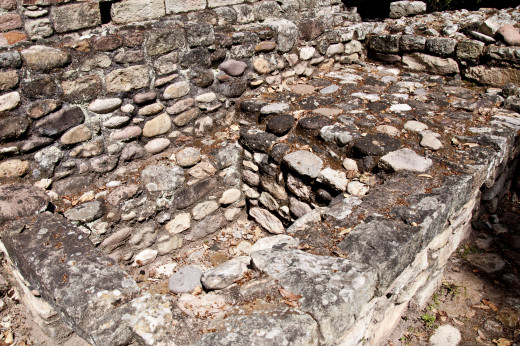
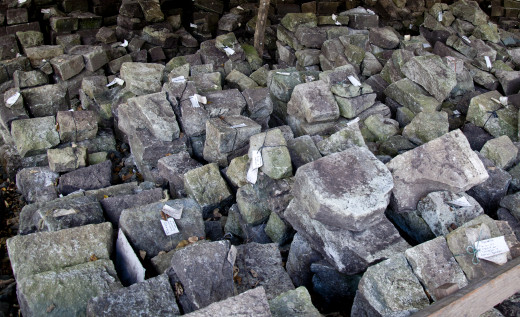
Archaeological Concerns
Bringing an ancient civilization to light is a daunting task. Archaeologists from around the world are working constantly to uncover and catalogue the remains of the Classic Maya, but are hampered by a lack of funding, lack of qualified workers and volunteers willing to do back-breaking labor in a hot, steamy environment for little or no pay. Thousands upon thousands of stones have to be examined individually, cataloged, mapped and entered into a data base. Each site is a giant jigsaw puzzle with thousands of pieces that seemingly fit nowhere. It has to be primarily a labor of love, but not nearly enough people have the curiosity and adventuring spirit to love the labor.
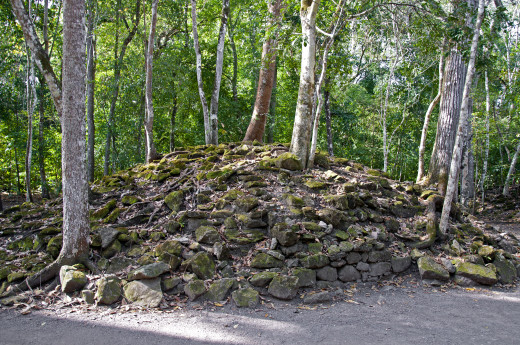
Meanwhile, more than twelve thousand un-excavated sites lie waiting in Copán Valley. A walk on the jungle trails around these sites will reveal to the diligent observer numerous shards of pottery, some with designs, many with original coloring, lying untouched for fifteen hundred years. Thousands of piles of moss-covered stone and rubble, somebody's life and history, lie languishing under the dark jungle canopy.


